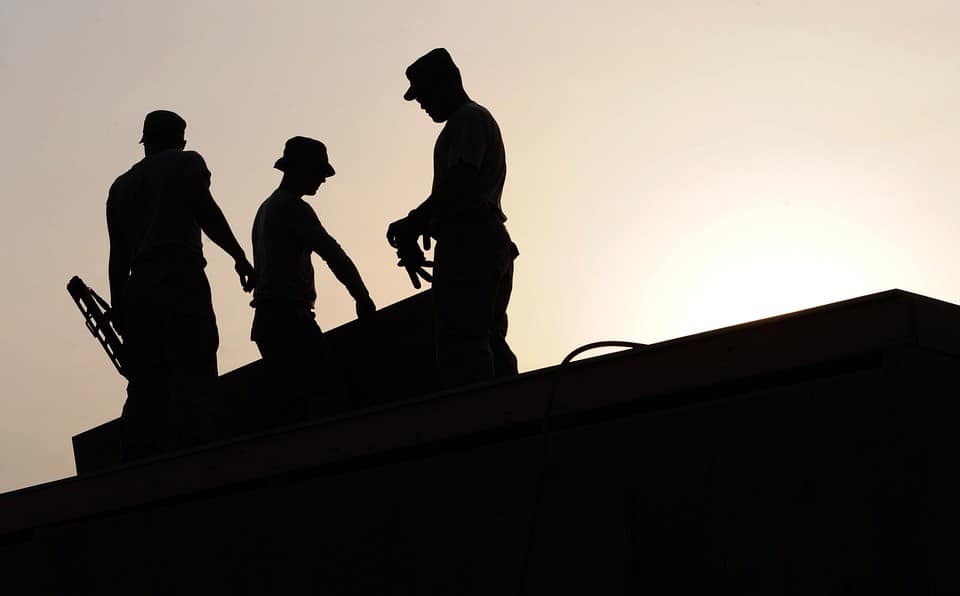Construction Costs Are Usually Over Your Estimate
An important consideration when it comes to any building process is cost. You’re almost always going to end up spending more than you projected one way or another. The additional expenses could result from weather difficulties, they could result from labor difficulties, they could result from poorly made parts. But they will likely come.

The key to absorbing the least amount of financial impact when it comes to architectural projects is to source solutions which have a prospective expense spread that, even in the “worst case scenario”, is less than more conventional building options. To that end, prefabricated structures represent one of the most cost-effective ways to build.
Granted, a prefabricated structure isn’t designed to have as great longevity as that which is found in conventional structures. But they do have some surprisingly stable structural aspects. Most prefabricated structures of the steel variety are rated to withstand substantial winds, which is one reason they’re so prevalent at the south pole.
Something else to consider is longevity of integrity: prefab steel buildings last for decades. A business usually requires about five years to see enough profit that losses begin to be curtailed. Prefabricated structures can decrease the months of loss well before their own expiration date architecturally. Just crunch the numbers to get an idea.
The Prefabricated Route
If you had an office that was roughly 1,200 square feet, you could expect to pay, minimum, about $2,000 a month to rent that space. In one year’s time, that’s $24,000. Now most offices are going to cost much more than $2,000 a month for 1,200 square feet of space.
Meanwhile, you can build a prefabricated structure for between $16 and $40 per square foot, depending on where you build, who you source the prefabricated structure from, and how long it takes to install. At such a rate, you’re looking at between $19,200 and $48,000 for total installation. Double that for the sake of unexpected costs.
What this means is that for between $38,400 and $96,000, you can build your own prefabricated structure. If you’re paying $2,000 a month for rent, in four years you’ve spent as much as the high-end cost on building your own prefabricated building.
With this in mind, it’s easy to see why many small businesses today are using prefabricated buildings to carry the load for their operations. The buildings are sturdy, cost-effective, and end up saving resources during the first five years of operation and beyond. At the very least, you’ll save $24,000 over the course of five years.
The Reality Of The Situation
When designing an exterior structure meant to house vehicles, or work as some infrastructural component of your business, you might consider a prefab garage, which, according to FidelitySteel.com, is a great way to conserve expenses: “…if you’re looking to keep as much money in the bank as possible, this is a good approach.”
From airplane hangars to offices owned by a given company, to garages where work is done, to out-of-the-box applications like restaurants, breweries, and houses, prefabricated structures offer a great deal of potential to small and medium-sized businesses looking to consolidate yearly operational expenses.
Today’s environment is rife with taxes, economic fluctuation, political uncertainty, and technological advancement. Using the latter to offset the former makes plenty of sense. Especially for startups who are going to encounter as many unexpected business costs as they will unexpected infrastructural costs, going the prefab route is very sensible.
Wherever costs can be curtailed without service delivery suffering, costs should be curtailed. Unexpected financial losses will always be there.
